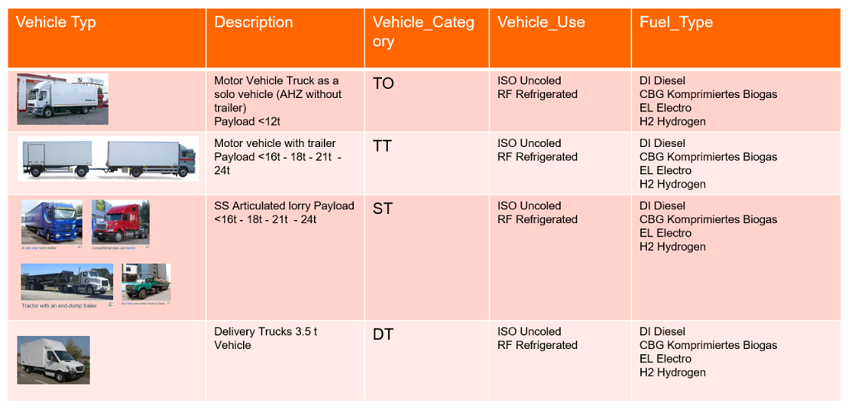- Products ProductsLocation Services
Solve complex location problems from geofencing to custom routing
PlatformCloud environments for location-centric solution development, data exchange and visualization
Tracking & PositioningFast and accurate tracking and positioning of people and devices, indoors or outdoors
APIs & SDKsEasy to use, scaleable and flexible tools to get going quickly
Developer EcosystemsAccess Location Services on your favorite developer platform ecosystem
- Documentation
- Pricing
- Resources ResourcesTutorials TutorialsExamples ExamplesBlog & Release Announcements Blog & Release AnnouncementsChangelog ChangelogDeveloper Newsletter Developer NewsletterKnowledge Base Knowledge BaseFeature List Feature ListSupport Plans Support PlansSystem Status System StatusLocation Services Coverage Information Location Services Coverage InformationSample Map Data for Students Sample Map Data for Students
Route/Tour Definition
a) Route description: A route is defined as the distance from a starting point (depot, loading point or unloading point) as far as the next stop (depot, loading point or unloading point). Important: A route can also be an unloaded trip from the depot to the first loading point or returning to the depot from the last unloading point. Unloaded trips must be recorded in order to get a complete overview of all kilometres driven. The route to be driven is described by the customer with the selected level of accuracy (e.g. via the GPS profile). One or more routes (sections) are combined into a tour.
Example: Hamburg – Berlin
b) Each route is one row on the Excel sheet. The sequence in which the entire tour with the individual routes was completed is determined by the sequence of the rows (1,2,3, etc.). Make sure that the sequence of the rows is correct. The title of the columns (row 1) must not be changed.

Data field columns in Excel

To prevent errors or inaccuracies, we recommend that the geographical coordinates (latitude and longitude) of the sender or recipient are always specified.
c) Parameterizable vehicle description
The columns vehicle_category, vehicle_use and fuel_type define the vehicle with which the route was driven. The following options are available:

d) Tour description: A tour consists of one or more routes that are driven contiguously during a period. The sequence in which the routes are arranged is determined by the row in Excel. Each route must be recorded in Excel individually. Every sequence is a calculation. Even (unloaded) routes from the depot to the first loading point and from the last unloading point back to the depot must be recorded as a sequence.
e) Example: Depot – Hamburg – Berlin – Frankfurt – Stuttgart – Zurich – depot (6 sequences)
Row 1: Depot – Hamburg Row 2: Hamburg – Berlin Row 3: Berlin – Frankfurt Row 4: Frankfurt – Stuttgart Row 5: Stuttgart – Zurich Row 6: Zurich – depot
f) CSV generation: Save the Excel file in .csv format (CSV UTF-8).

g) Selection of upload interface: The customer can choose between two technologies for the data transfer with the CO2 Insights application: API and CSV format. When the customer has uploaded the data, the calculations are performed and then displayed on the various screen pages of the CO2 Insights application.
Website for CSV upload: https://apps.powerapps.com/play/055851ae-bc4a-41b4-b5bb-05a004c9c2f9?tenantId=35aa8c5b-ac0a-4b15-9788-ff6dfa22901f

h) Log file CSV upload: One message is generated for each file. If the row is green, the upload was successful. If the row is red, an error message is displayed. The file must be corrected and uploaded again. No data has been written to the database at this stage. The calculation only starts when a green log row appears.

i) SV upload troubleshooting: The red error rows can be understood and corrected as follows.

j) Calculation: When an upload is successful, the uploaded file appears under “Uploaded routes”. The calculation can take a few minutes to a few hours, depending on the size (e.g. for 30,000 tours). No message is generated to show that the calculation is complete.